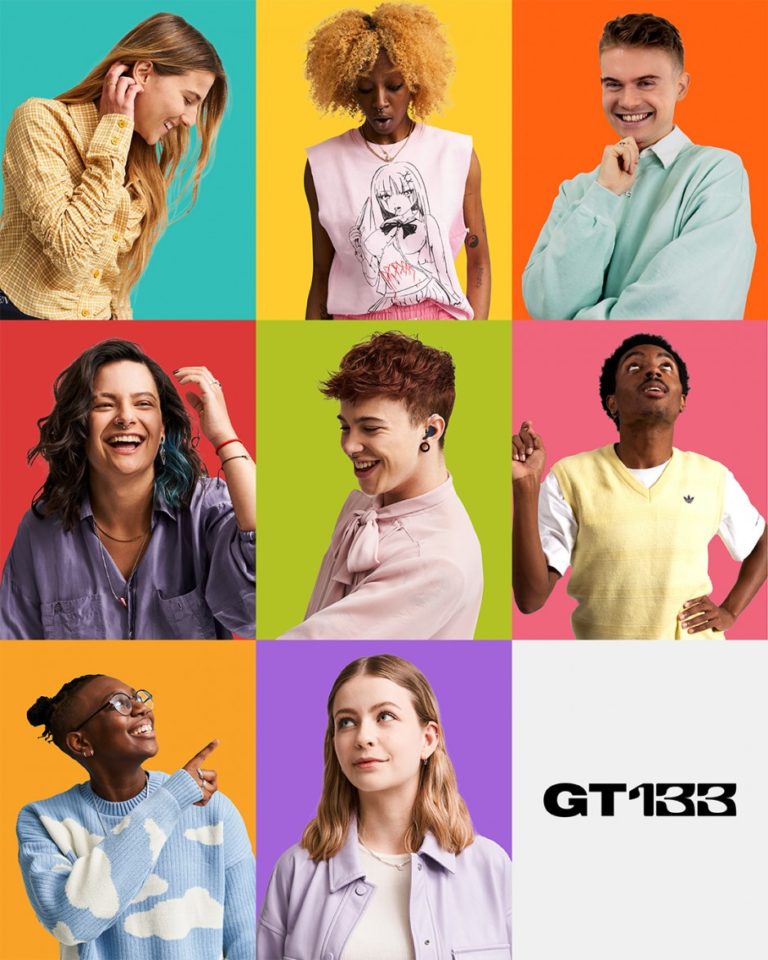
As Gay Times launches its new band of influencers – the GT133 – into the limelight in time for Pride, it is also seeking to transform how it speaks to its audience. The GT133 may be starting on TikTok, but the radical change they represent to the brand will extend far beyond one social network.
There is a tendency among magazines to take on the role of tastemaker, to act as unappointed leader rather than as part of a community. That’s according to Tag Warner, the chief executive officer of Gay Times, who has been transitioning the brand to one more in line with the needs of a modern audience over the course of the past two years.
Warner believes that the nearly 50-year-old brand was in need of a less publishing-oriented mindset than in the past. He says that it is notable that his background is more consultative – and, as a result, the changes he is bringing are more about extending the brand itself, instead of launching new editorial products from an “ivory tower”.
“I don’t want to be just throwing magazines out the window that no one reads, so it’s about democratizing the brand, using the platform to grow the brand to a younger audience,” he says.
“The real asset for me was the brand, so I asked, ‘how can I take the brand name and extrapolate that out?’ So let’s put loads of effort into different social channels. That exploded, and then we became number one for our sector at least on most platforms, which is brilliant.”
To that end Gay Times is in the launch phase of its recent GT133 endeavour, which has over the past year laboriously cast a small number of personalities from 7000 applicants in order to better represent the modern Gay Times on TikTok and, ultimately, beyond. Warner says the idea was born from seeing how people use TikTok to create authentic content, true to their own brand, that isn’t overproduced.
“I was inspired by things like The Only Way Is Essex, how the producers were trying to allow real things to happen and seed light-touch storylines, but also trying to be as hands-off as possible. I was reading about that turnover time and how quick their production was, so they would edit that show sometimes within 48 hours [before broadcast], which is incredible.”
The eight members of the GT133 team will be based out of Gay Times’s London headquarters, though in line with the aims of the brand will be promoted globally. The project is live on TikTok to coincide with Pride Month in the UK, and its stars will also feature across Gay Times’s other owned and operated channels.

Warner admits he thought the GT133 project would spend six months on TikTok, but that it is progressing faster than expected. The idea is that eventually they will be able to develop their own creative offerings off-platform as well, and will receive support from the parent brand to create content for the LGBT+ community.
Passive progressive
The development of the team’s individual talents is in line with the democratization of community he speaks about, noting that much of the publishing industry subsists on internships and entry-level programs that shut many people out of applying, and ultimately deliver little value to those that do get on. Worse, he says that many members of the LGBT+ community are brought on board for cynical reasons.
“We of course get a lot of contributors, creators, creatives … they often come to us and say, ‘I’ve had this experience with another company and for 30 seconds I was hot stuff, but they got what they needed and I never heard from them again.’ Is that really the experience you want to be giving people?
“A lot of people in our industry, in LGBT+ media, talk a lot about rights and advocacy – and I’m like, what are you actually doing about it? You talk a good game, and you profile stories, but what are you actually doing?”
Consequently the GT133 project is designed to act as a proactive extension of the Gay Times brand that puts members of the community front and center, allowing them to develop as ambassadors in a way that is embedded in the culture, rather than acting as unelected tastemaker.
There is obviously a commercial aspect to any change, and much of Warner’s efforts have been in service of growing revenue beyond simply expanding audiences. He cites GTX, Gay Times’s full-service agency – which launched in August last year – as being an example of the commercial benefits that can come from speaking authentically to a community.
Warner was also behind the introduction of Gay Times’s membership scheme, which sees members pay to support the brand even though the content itself remains free-to-access for all. It’s a membership model that has worked well at other publishing brands including The Guardian, which are predicated on being transparent and authentic about their aims and practices. It, too, relies on the brand itself speaking authentically and non-cynically to its audience.
Warner says it is indicative of a wider trend of diversity schemes that allow members to self-select to join: “There’s loads of interesting things happening around the brand stuff, and especially around the commercialization of diversity. For example, I know there’s quite a few diversity networks that are springing up by programmatic networks; that is fascinating.”
As Gay Times is reinventing itself, so too is the wider publishing industry. While there is still much work to be done in making sure that the industry is welcoming and beneficial to LGBT+ people, both as creator and audience, there is also a demonstrable commercial benefit to being inclusive. Greater representation for members of the community through projects like GT133 should hopefully be among the frontrunners of a new breed of brands doing just that.